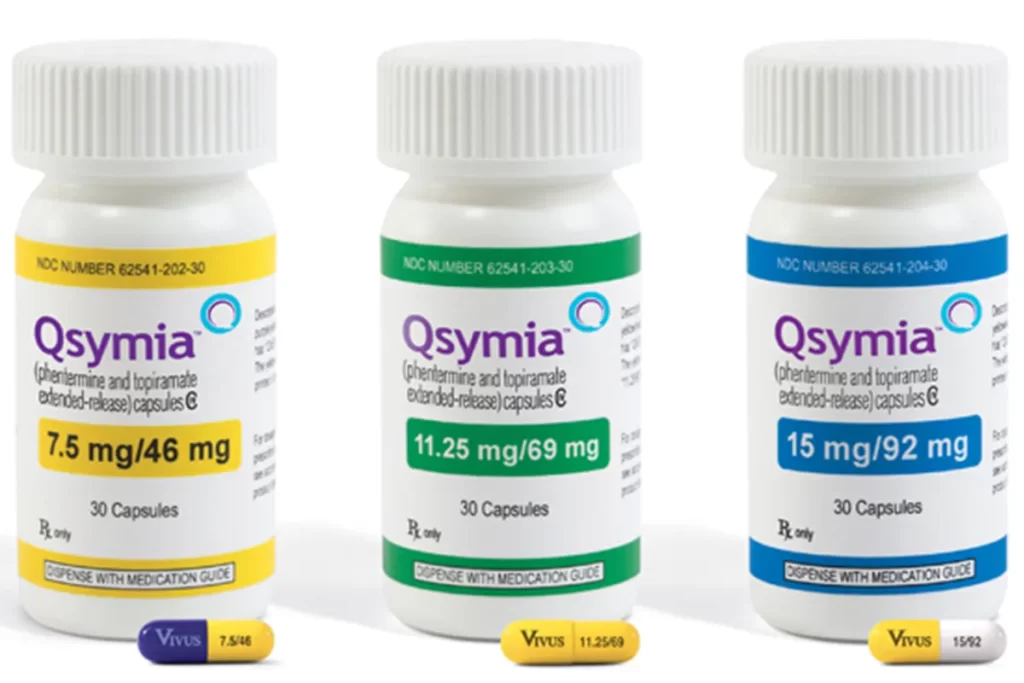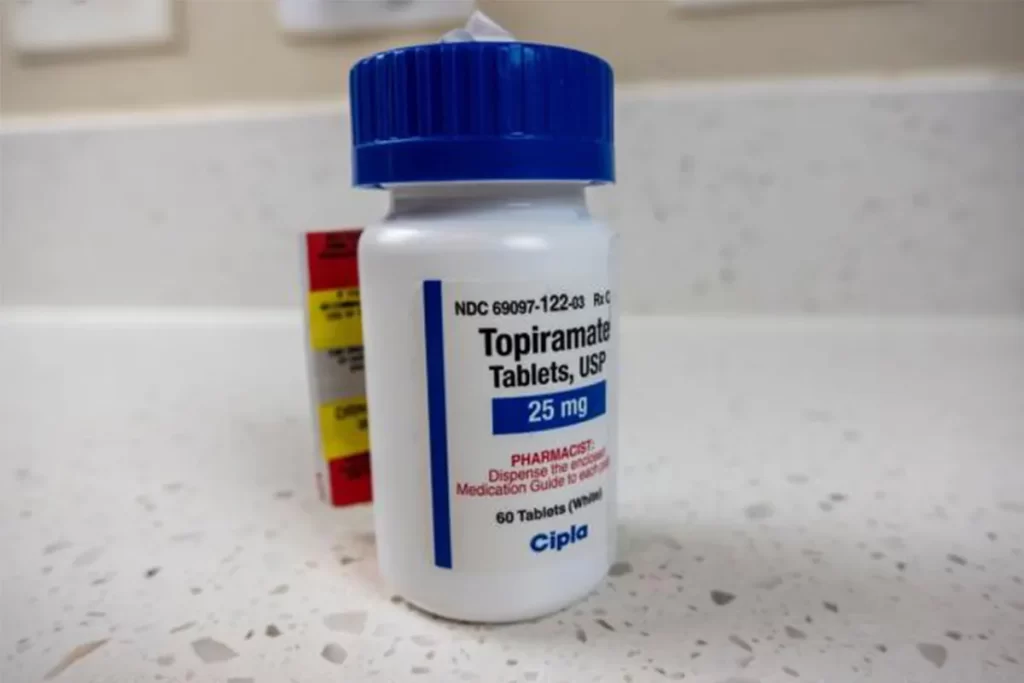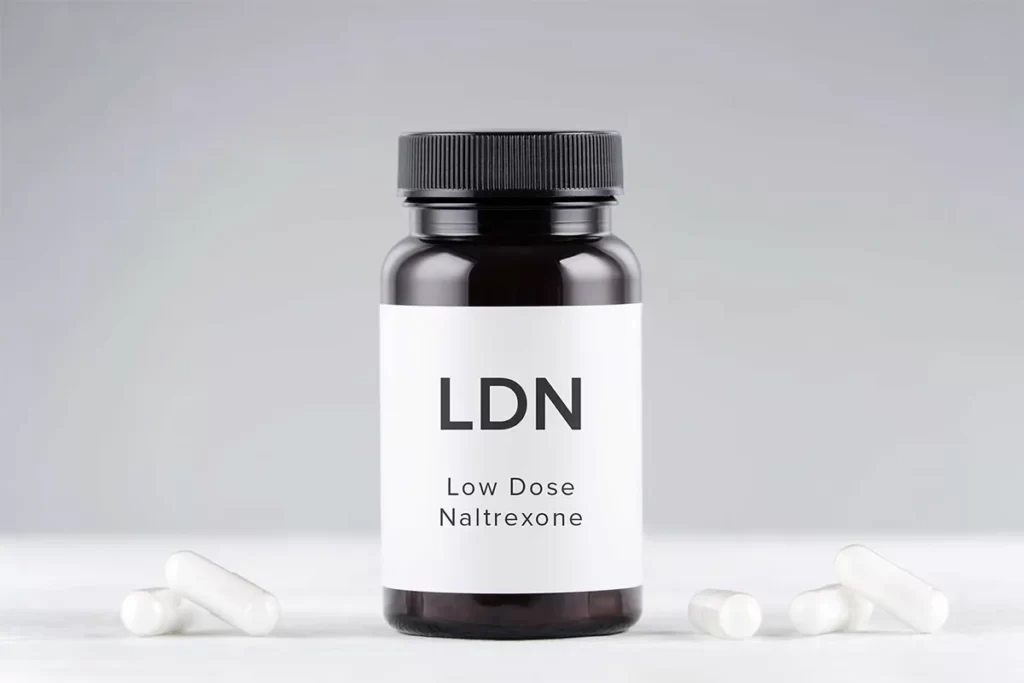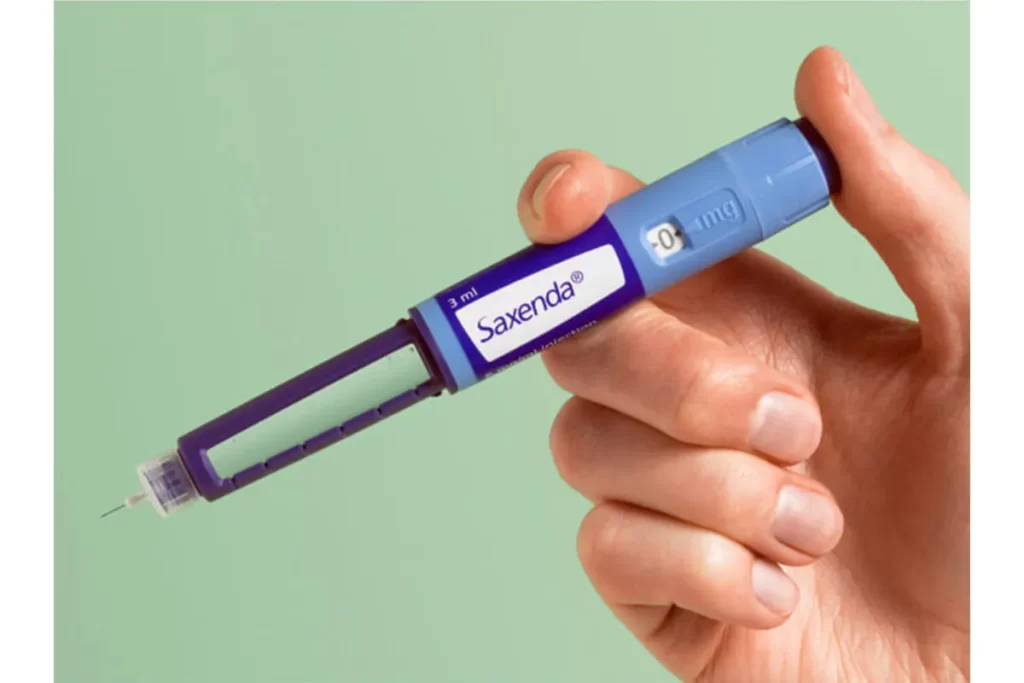Saxenda vs Victoza for Weight Loss: What's the Difference?
-
 Written by
Michael J. Ormsbee
Written by
Michael J. Ormsbee
- LAST UPDATED October 8, 2023
When exploring the topic of Saxenda vs Victoza for weight loss, it is essential to understand that both Saxenda and Victoza are GLP-1 receptor agonists utilized for treating obesity and diabetes, respectively. This article aims to compare these two drugs focusing on their application in weight loss.
What is Saxenda
Composition and Mechanism of Saxenda
Saxenda is a weight-loss medication that includes liraglutide, a GLP-1 analog. The GLP-1 hormone is key in managing blood sugar levels and regulating appetite, and GLP-1 analogs reproduce its effects. In the context of Saxenda vs Victoza for weight loss, liraglutide achieves this by binding to and activating GLP-1 receptors, thereby enhancing insulin production and lowering glucagon secretion, allowing better glycemic control. Additionally, activating these receptors leads to slower digestion and appetite suppression due to an increase in the feelings of fullness and satiety, thus aiding weight loss.
Dosage, Forms, and Administration of Saxenda
When discussing Saxenda vs Victoza weight loss, it’s important to note that Saxenda is given once daily as a subcutaneous injection. Users have access to 3mL pre-filled pens, with doses of 0.6mg, 1.2mg, 1.8mg, 2.4mg, or 3mg per injection available. The routine commences with a daily dose of 0.6mg, which is then increased by 0.6mg every week for five weeks until the daily maintenance dose of 3mg is reached. When using Saxenda, patients should rotate between injection sites in the thigh, abdomen, or upper arm.
Use of Saxenda for Weight Loss
Diving deeper into the aspect of Saxenda vs Victoza for weight loss, it’s crucial to understand that Saxenda is FDA-approved for managing weight long-term in patients who are either obese or overweight with associated health issues. This drug promotes weight loss by subduing the appetite, slowing digestion, and reducing food intake. Clinical trials have shown that, over a span of 56 weeks, Saxenda users lose significantly more weight than those using a placebo, with the average loss ranging between 4.5% to 6.5% of body weight. The weight loss tends to be more substantial with increased duration of Saxenda treatment and adherence to healthy lifestyle changes. To enhance the effects of this medication, Saxenda can be used alongside a low-calorie diet and increased physical activity.
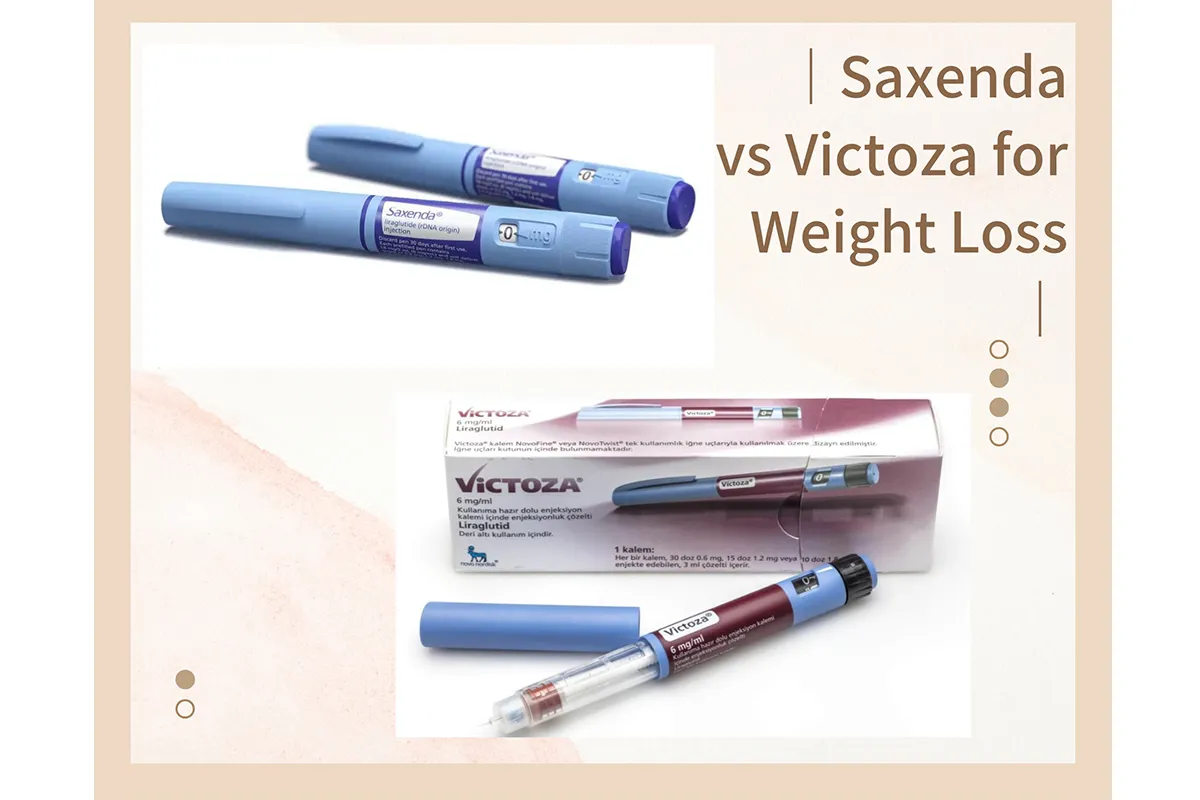
What is Victoza
Composition and Mechanism of Victoza
In the context of Saxenda vs Victoza weight loss, it’s essential to know that Victoza, much like its counterpart Saxenda, includes liraglutide, a GLP-1 analog. Liraglutide, when activated, stimulates GLP-1 receptors leading to insulin secretion, glucagon suppression, slower digestion rate, and increased feelings of fullness. The mechanics of liraglutide in Victoza are analogous to its function in Saxenda.
Dosage, Forms, and Administration of Victoza
Speaking of Saxenda vs Victoza for weight loss, Victoza, similar to Saxenda, is taken in the form of a subcutaneous injection once daily. It is supplied in pre-filled pens that deliver doses of 0.6mg, 1.2mg, or 1.8mg. The process commences with a daily dosage of 0.6mg maintained for at least one week. It is then increased to 1.2mg daily and further to a maintenance dose of 1.8mg daily. The injection should be administered subcutaneously in the thigh, abdomen, or upper arm, rotating sites.
Use of Victoza for Type 2 Diabetes
Victoza is FDA-approved for bettering glycemic control in adults suffering from Type 2 diabetes. It lowers both fasting and post-meal blood glucose levels through GLP-1 receptor activation. Clinical trials indicate that Victoza when added to metformin or administered as monotherapy, reduces HbA1c levels by 1% to 1.5%. In addition, Victoza can lead to some amount of weight loss along with reduction in systolic blood pressure. Typically, the weight loss with Victoza ranges from 2 to 4 kg over a span of 26-52 weeks of treatment.
Differences of Saxenda vs Victoza for Weight Loss
Saxenda and Victoza for Weight Loss and Glycemic Control
One critical aspect to consider in the debate of Saxenda vs Victoza for weight loss is their primary applications. While Saxenda has specifically been approved as a weight loss medication for chronic weight management, Victoza is primarily used to improve glycemic control in patients with type 2 diabetes. Though Saxenda can be used for diabetes, it is strictly approved for weight loss.
Effects of Higher Liraglutide Doses in Saxenda
In the discussion of Victoza vs Saxenda for weight loss, it’s crucial to mention that Saxenda contains a higher dose of liraglutide (3 mg per daily dose) compared to Victoza, which only includes 1.8 mg. This higher liraglutide dose in Saxenda results in greater suppression of appetite and an increased degree of weight loss. On average, weight loss figures over 56 weeks are 6-8% for Saxenda users compared to only 2-4% for Victoza users.
Clinical Relevance in the Debate of Saxenda vs Victoza for Weight Loss
Clinical trials have shed more light on the topic of Saxenda vs Victoza for weight loss. The findings suggest that patients using Saxenda tend to lose between 2-5% more body weight than those using Victoza. Moreover, it should be understood that higher liraglutide doses, such as those found in Saxenda, are linked with an increased occurrence of gastrointestinal side effects.
Similarities of Saxenda vs Victoza for Weight Loss
GLP-1 Receptor Agonists
In comparing Saxenda vs Victoza for weight loss, the first similarity to note is that both Saxenda and Victoza contain liraglutide, a GLP-1 analog. They actively trigger GLP-1 receptors and generate antihyperglycemic effects. Despite the differences, the primary method of action in these two drugs remains the same.
Monitoring Side Effects
In the conversation of Saxenda vs Victoza for weight loss, it’s important to note that their side effect profiles share several common elements. Both Saxenda and Victoza can lead to nausea, vomiting, diarrhea, gallbladder complications such as cholelithiasis and cholecystitis, and potential hypersensitivity reactions and injection site reactions. However, due to its higher liraglutide content, Saxenda may feature higher rates of gastrointestinal side effects. Fortunately, the risk of hypoglycemia is low for both medications.
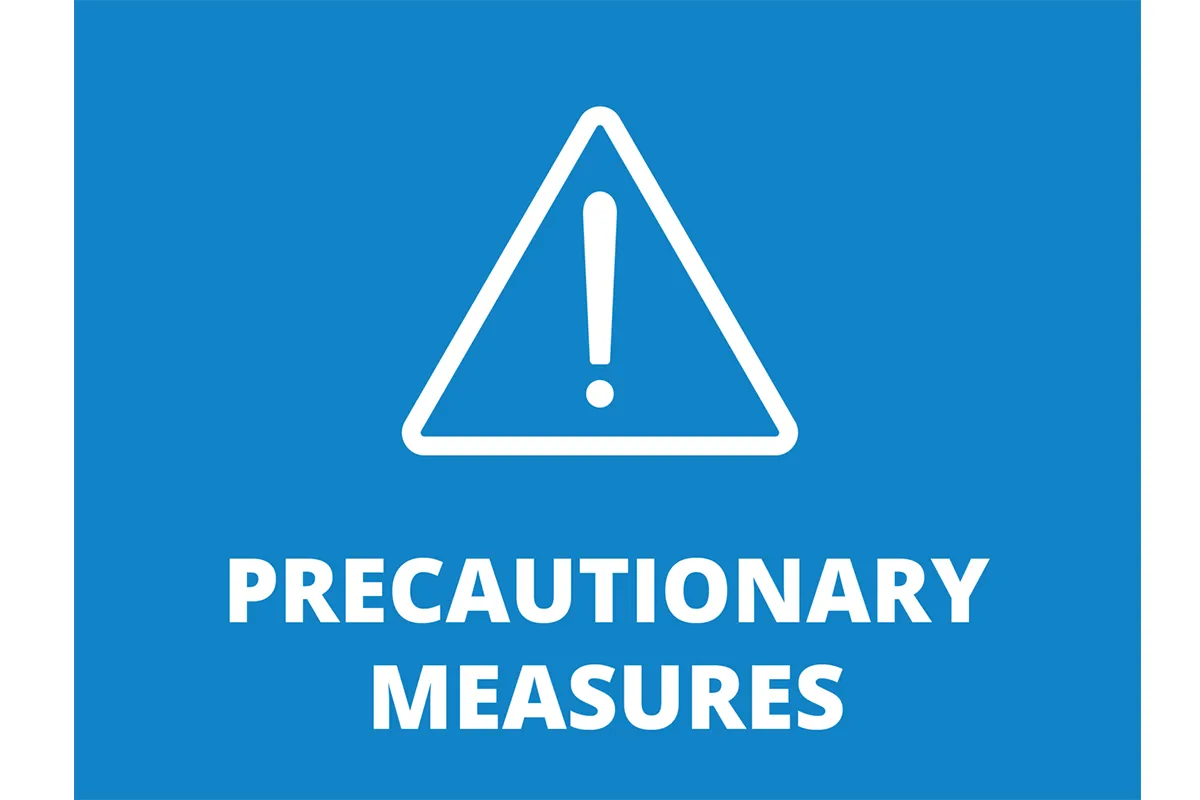
Precautionary Measures
While discussing Victoza vs Saxenda weight loss, precautionary measures are a significant part to consider. Neither Saxenda nor Victoza is advisable for patients with a personal or family history of medullary thyroid carcinoma. This is due to their potential to cause thyroid C-cell tumors, as witnessed in animal studies. Both drugs are contraindicated for use in patients who had a serious hypersensitivity reaction to GLP-1 receptor agonists in the past. Additionally, extreme caution should be exercised in the presence of renal impairment, severe gastrointestinal disease, diabetic retinopathy, or congestive heart failure. So, these aspects bring out the similarities while looking at Victoza vs Saxenda for weight loss.
Comparison of Weight Loss Effects of Saxenda vs Victoza for Weight Loss
Saxenda’s Superior Weight Loss Outcomes
Delving into the comparison of Victoza vs Saxenda weight loss, we find that Saxenda emerges as a more effective weight loss medication. Clinical trials have demonstrated that Saxenda users experience body weight reductions of 6-8% over 56 weeks, while Victoza users only see a 2-4% decrease in the 26-52 week timeframe. The higher liraglutide dose (3mg) in Saxenda leads to greater appetite suppression, solidifying its role as the better weight loss solution.
Victoza’s Limited Benefits for Weight Loss
When it comes to Saxenda vs Victoza for weight loss, one must remember that Victoza is principally designed to treat diabetes, and its weight loss effects must be seen in this context. Consequently, Victoza’s daily dose of 1.8mg liraglutide generates a comparatively modest weight loss of about 2-6% for most patients. More significant weight loss would require liraglutide doses above the 1.8mg per day range. While Victoza can contribute to weight loss, its results are generally smaller than those achieved with Saxenda.
Considerations of Saxenda vs Victoza for Weight Loss
Cost Implications in Saxenda vs Victoza for Weight Loss
When assessing the cost implications of Saxenda vs Victoza for weight loss, it’s important to note a significant price divergence between the two. Typically, a one-month supply of Saxenda averages around $1,300 at retail pricing, while Victoza’s equivalent is much cheaper, averaging around $850. This discrepancy is primarily due to the higher liraglutide doses used in Saxenda. Despite the steep prices, prescription insurance holders may be able to purchase Saxenda for anywhere from $15 to $150 each month. For uninsured patients, the affordability of Victoza might be a deciding factor in the Saxenda vs Victoza for weight loss conversation.
Approved Uses of Saxenda and Victoza
The contrast in approved uses forms another facet in the Saxenda vs Victoza for weight loss discussion. Saxenda is primarily approved for chronic weight management, whereas Victoza is designed for glycemic control in type 2 diabetes. While the “off-label” usage of Saxenda for diabetes or Victoza for weight loss is possible, insurance coverages usually align with the drugs’ approved uses.

Requirement of Prescription for Saxenda and Victoza
Both Saxenda and Victoza are available only on prescription, implying that patients need to have a conversation with their doctor about the pros and cons of their use. After a thorough evaluation, doctors will determine whether Saxenda or Victoza is the most suitable choice for each patient’s condition. Financial burdens can potentially be eased by prescription samples or savings cards, reducing out-of-pocket costs if either medication is prescribed.
Conclusion
As the final word in our discussion on Saxenda vs Victoza for weight loss, it’s crucial to note that Saxenda potentially incites more profound weight loss due to the elevated 3mg daily dose of liraglutide. However, it comes with the downsides of a higher cost and an increased risk of gastrointestinal side effects in comparison to Victoza. If weight loss is a patient’s primary objective, Saxenda might be the ideal contender. On the other side, for patients with type 2 diabetes aiming to boost glycemic control and also shed a modest amount of weight, Victoza could be the preferred option. The decision-making process in the Saxenda vs Victoza weight loss discourse should be a thoughtful one, made in collaboration with a physician, factoring in individual circumstances and priorities.

FAQs about Saxenda vs Victoza for Weight Loss
which is better for weight loss victoza or saxenda?
Saxenda is better for weight loss than Victoza. Saxenda contains a higher 3mg daily dose of the drug liraglutide compared to Victoza's 1.8mg dose. The higher dose leads to increased appetite suppression and greater weight loss effects. In clinical trials, patients on Saxenda lost 6-8% of their body weight over 56 weeks, while Victoza patients only lost 2-4% over 26-52 weeks. Saxenda is specifically approved by the FDA for chronic weight management, while Victoza is approved for glycemic control in diabetes but not weight loss. For patients whose main goal is losing a significant amount of weight, Saxenda is likely the better choice over Victoza.
Why is Victoza not used for weight loss?
Victoza is not officially approved for weight loss because, during clinical trials for FDA approval, it was studied and tested specifically for improving blood sugar control in patients with type 2 diabetes. The 1.8mg daily dose of liraglutide in Victoza is effective for lowering HbA1c and helping diabetics reach glycemic targets. While Victoza does result in some weight loss, the 2-4% loss on average is a secondary effect, not the primary purpose of the medication. Liraglutide doses higher than 1.8mg would be required for Victoza to have a more pronounced weight loss indication. Saxenda later introduced the higher 3mg liraglutide dose more suitable for substantial weight loss.
What is better than Victoza for weight loss?
Some medications that are better than Victoza specifically for weight loss include Saxenda, Contrave, Qsymia, and Wegovy. Saxenda contains a higher dose of the same active ingredient as Victoza, resulting in nearly double the amount of weight loss. Contrave and Qsymia are combinations of drugs that work via different mechanisms than GLP-1 agonists like Victoza to increase weight loss. Wegovy contains an even higher dose of semaglutide, similar to liraglutide, leading to significant weight reduction. Under a doctor’s supervision, these may be preferentially prescribed over Victoza when the patient’s primary goal is losing weight rather than improving blood sugar control.
How much weight can you lose on Saxenda in a month?
On average, most patients lose between 3-7 pounds per month while using Saxenda for weight loss. In clinical trials, patients taking Saxenda lost an average of 12-22 pounds over 6 months of treatment. However, weight loss can vary significantly based on the individual. Those who closely follow the recommended lifestyle modifications including diet and exercise changes tend to lose the most weight on Saxenda. It’s important to note that weight loss is gradual on Saxenda and becomes more noticeable month-to-month rather than week-to-week. Most patients experience the greatest reduction in weight during the first 6 months on Saxenda.
Is Saxenda the best weight loss injection?
Saxenda may be considered the best prescription injection option specifically developed for weight loss available today. The higher 3mg daily dose of liraglutide leads to greater appetite suppression and weight loss than the lower doses found in other injections like Victoza or Byetta. Among other weight loss injections, only Wegovy contains a higher dose of semaglutide that produces similar or slightly greater average weight loss compared to Saxenda. However, Saxenda has more long-term data from clinical trials showing efficacy and safety. For now, Saxenda can be considered one of the most effective weight loss injection products, though new medications continue to emerge for obesity treatment. Consultation with a doctor is important to determine what injection is optimal for each patient.

